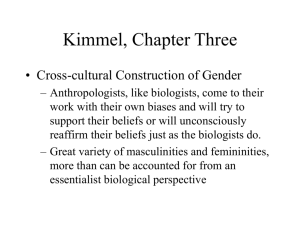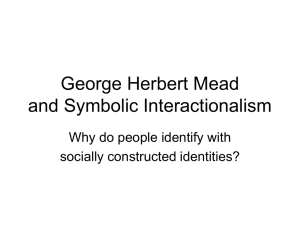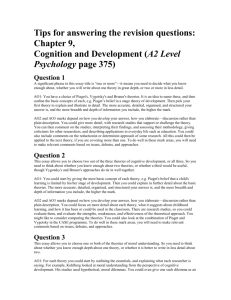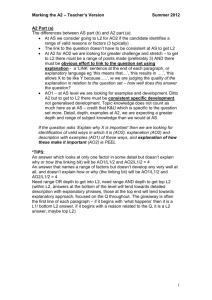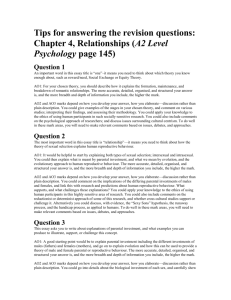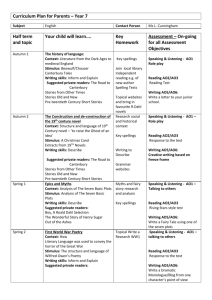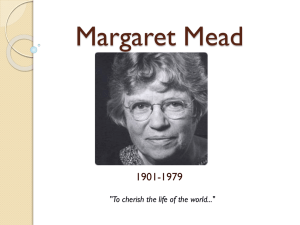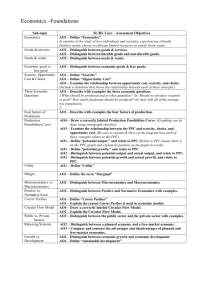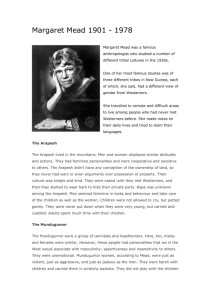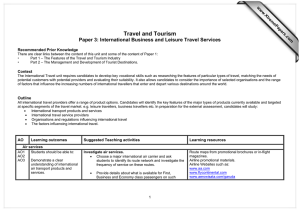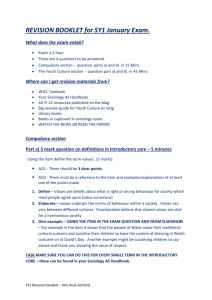Cultural research into gender roles
advertisement
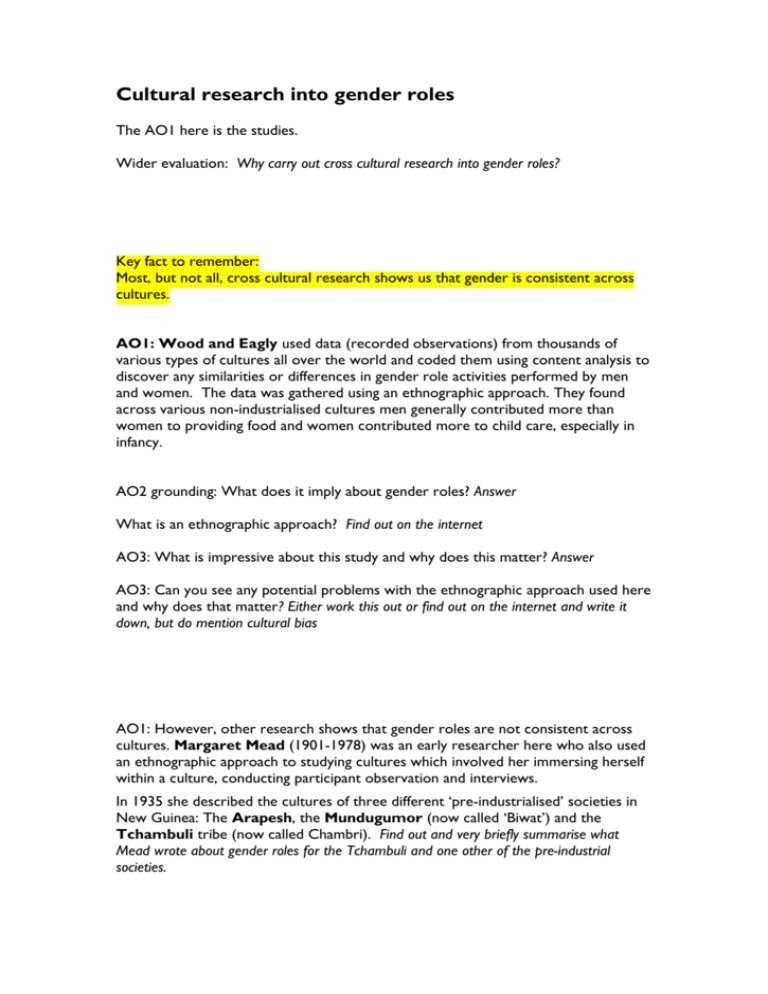
Cultural research into gender roles The AO1 here is the studies. Wider evaluation: Why carry out cross cultural research into gender roles? Key fact to remember: Most, but not all, cross cultural research shows us that gender is consistent across cultures. AO1: Wood and Eagly used data (recorded observations) from thousands of various types of cultures all over the world and coded them using content analysis to discover any similarities or differences in gender role activities performed by men and women. The data was gathered using an ethnographic approach. They found across various non-industrialised cultures men generally contributed more than women to providing food and women contributed more to child care, especially in infancy. AO2 grounding: What does it imply about gender roles? Answer What is an ethnographic approach? Find out on the internet AO3: What is impressive about this study and why does this matter? Answer AO3: Can you see any potential problems with the ethnographic approach used here and why does that matter? Either work this out or find out on the internet and write it down, but do mention cultural bias AO1: However, other research shows that gender roles are not consistent across cultures. Margaret Mead (1901-1978) was an early researcher here who also used an ethnographic approach to studying cultures which involved her immersing herself within a culture, conducting participant observation and interviews. In 1935 she described the cultures of three different ‘pre-industrialised’ societies in New Guinea: The Arapesh, the Mundugumor (now called ‘Biwat’) and the Tchambuli tribe (now called Chambri). Find out and very briefly summarise what Mead wrote about gender roles for the Tchambuli and one other of the pre-industrial societies. AO2: What does Mead’s work seem to be suggesting about gender? Answer AO3: Mead’s research has been much criticised for observer bias and cultural bias. She may have over-emphasised the role of nurture over nature because of her own beliefs, so she may not have been objective. This belief that she held was a reflection of the beliefs held by her own culture at the time, hence she is culturally biased and ethnocentric since she imposed the beliefs of her culture on the way she interpreted the behaviour on another culture. AO1: Gewertz(1981) observed the Tchambuli in the 1970s and found that males were more aggressive than females. AO2: Gewertz argued that Mead studied these tribes when they were facing a change in their lifestyle and were forced to behave differently from normal and so were more aggressive than normal; this shows how important it is to consider the context of a culture’s situation when looking at their behaviour. AO3: So, this shows that a re-test of Mead’s result did not give the same result. What is this an issue for and why does it matter? Name a term associated with research methods and finding and say why this matters. AO1: Cook 1992 studied an unusual case of role reversal on the Island of Margarita, off the coast of Venezuela. Women were largely traditional in their roles i.e. nurturing children and they have very little actual power within their community. The men are often away for large periods of time hunting for food and they held largely traditional roles. However, the women differed from what may be expected in one key way. Explain the different way that the women behaved – search on cook 1992 island of margarita gender and you should find an answer AO2: It is likely that the women show this behaviour to enable them and their children to survive, so their behaviour is determined by their situation. Why is this the case? Explain Conclusion IDA: What does cultural research on gender roles show us? Answer and link to nature and nurture for your IDA Wider evaluation: how is this research useful?
